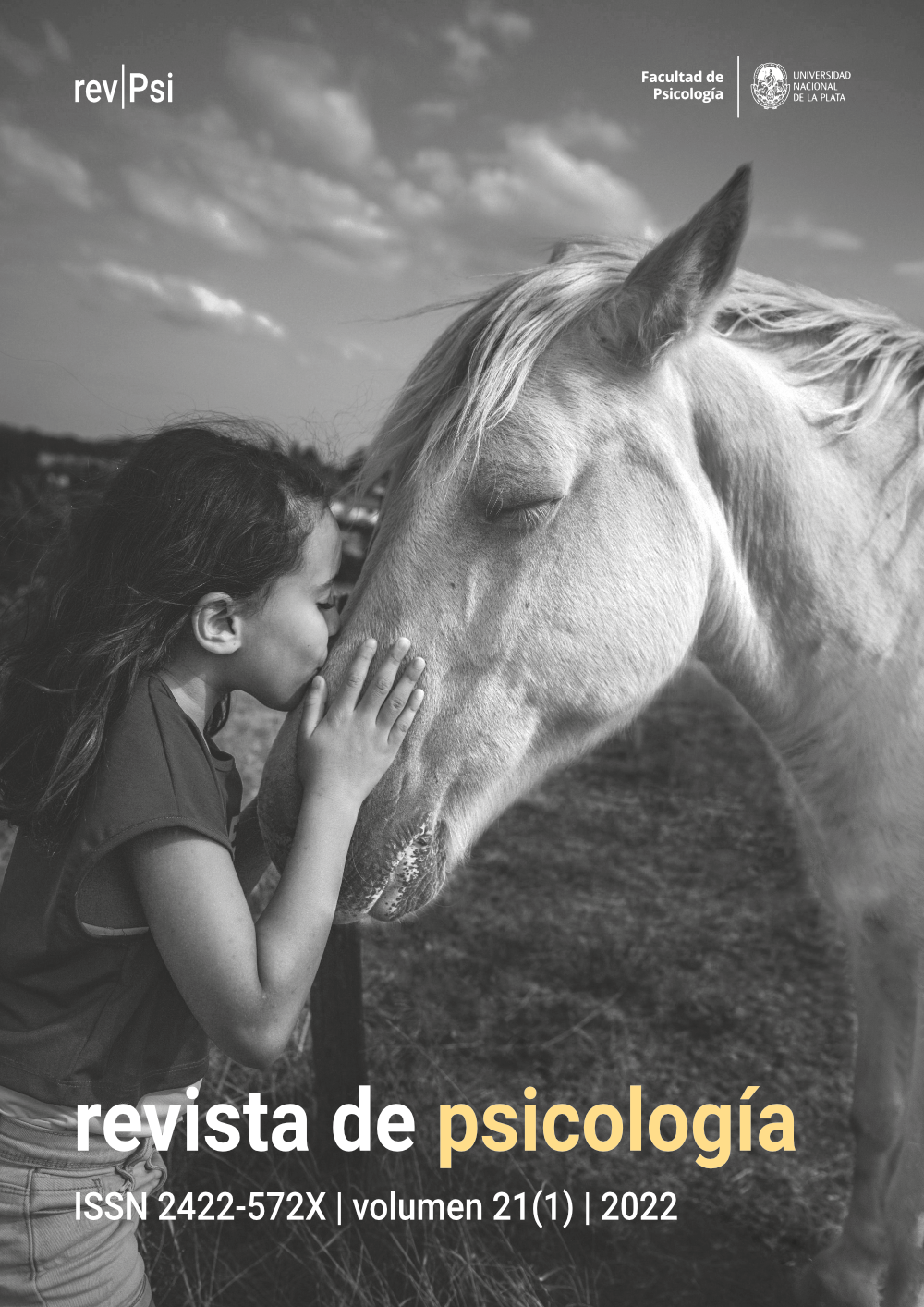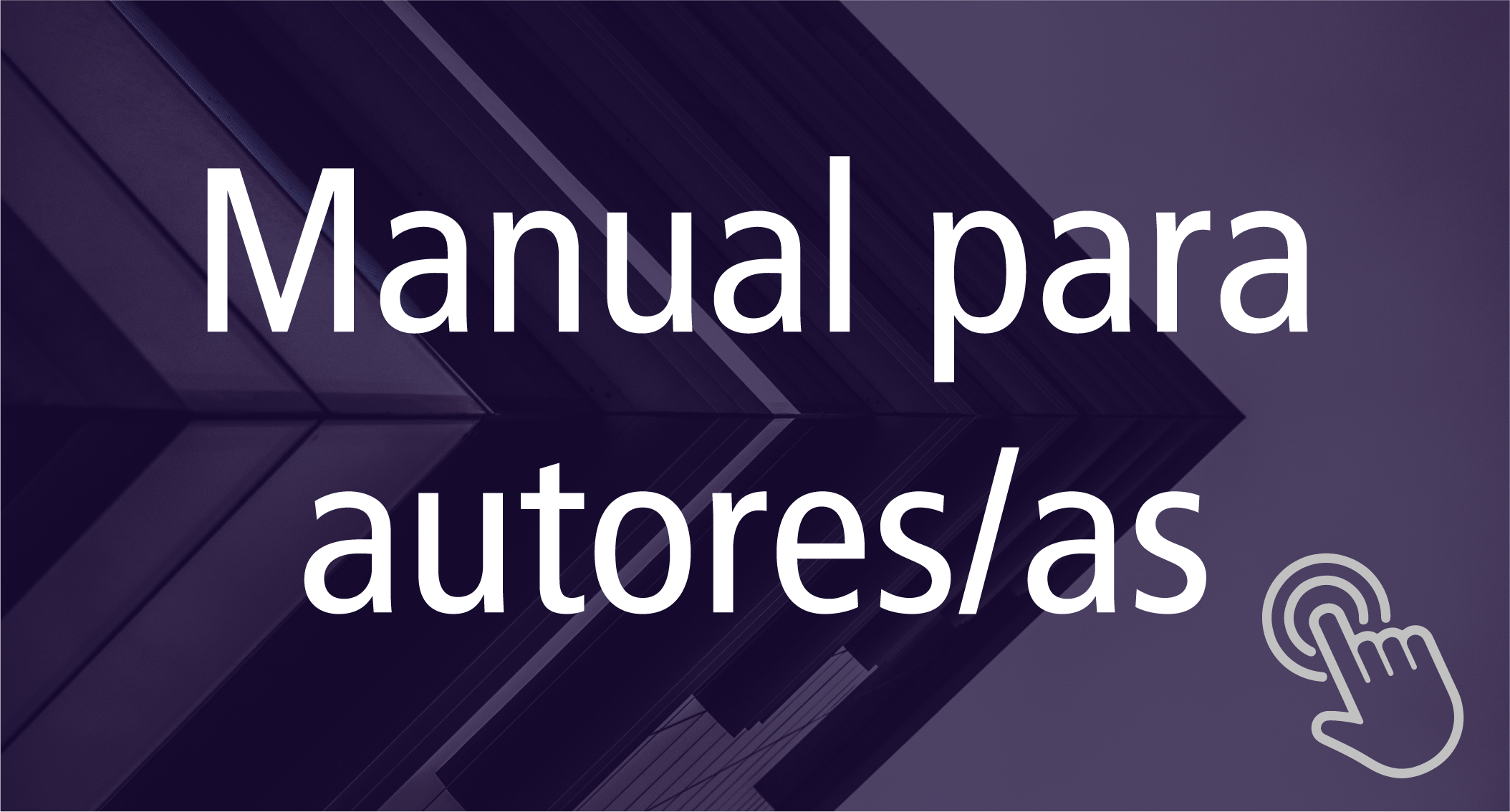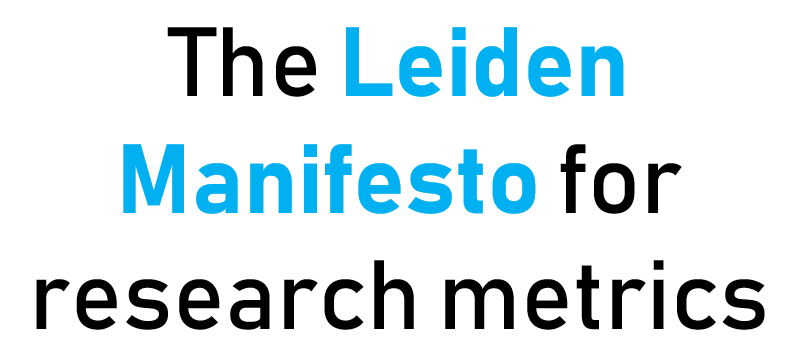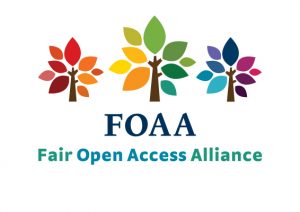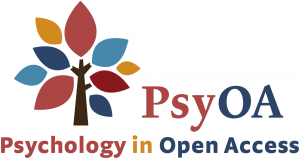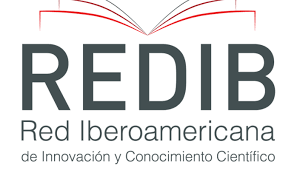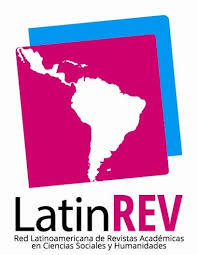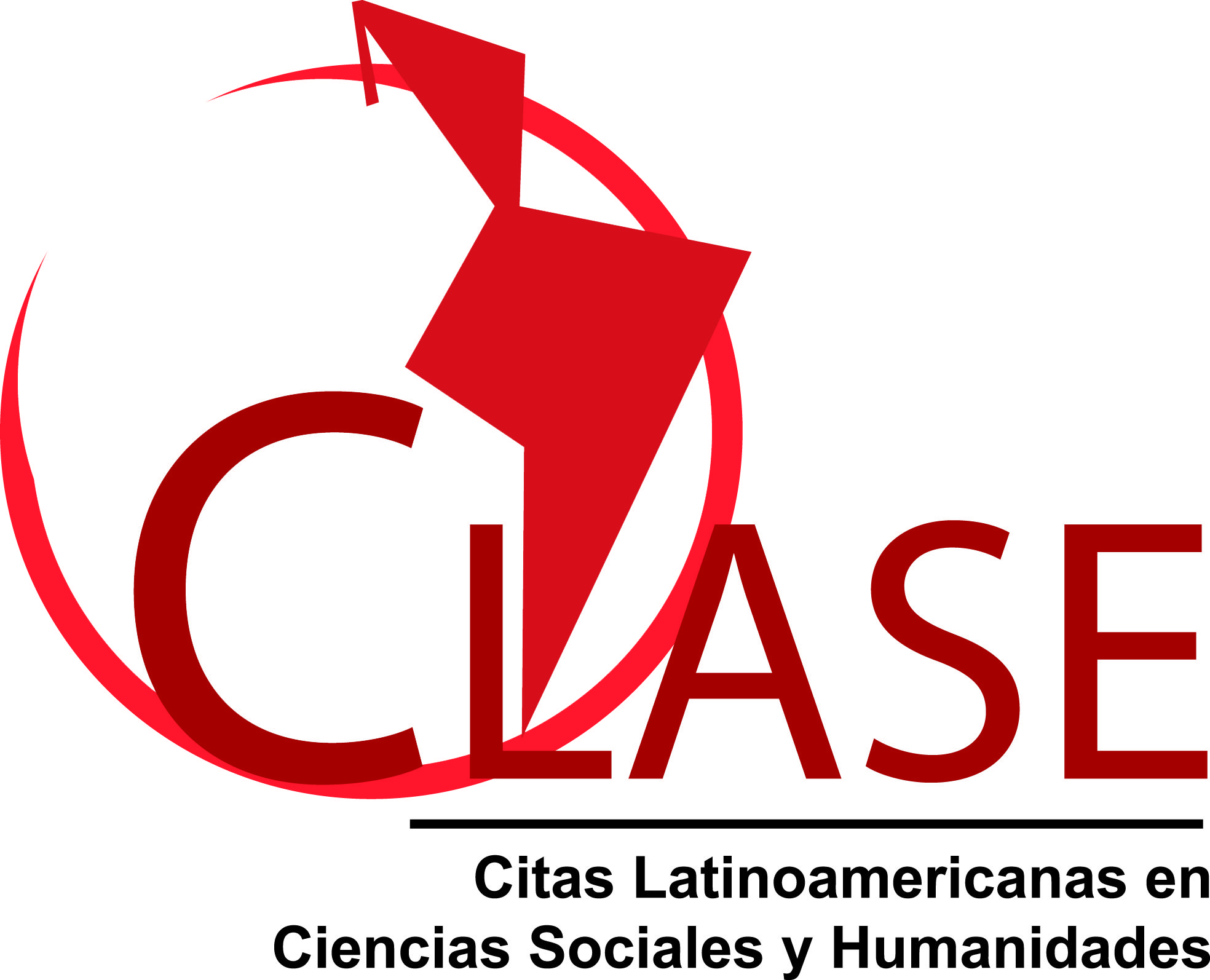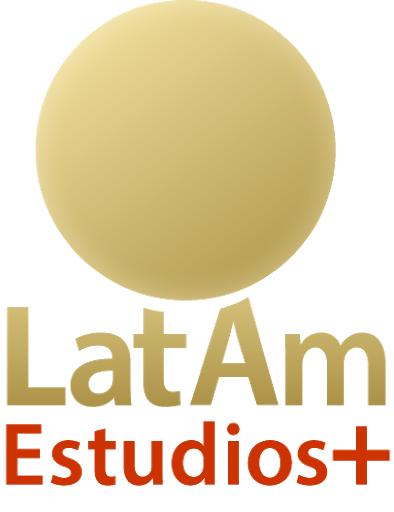Human-domestic cat relationship in the household and its impact on animal welfare
DOI:
https://doi.org/10.24215/2422572Xe132Keywords:
education, animal welfare, multi-species coexistenceAbstract
The misunderstanding of some specific needs of domestic cats, added to the wrong ideas and expectations that humans have about their behavior, is a problem that impacts the human-cat relationship. Taking into account that this bond is developed in the context of the home, humans are the main providers of the physical and social environment. Some aspects derived from misinformation are developed that can interfere in the bond, impoverishing the well-being of the domestic cat, highlighting key concepts and minimum requirements for feline well-being and how to generate these conditions at home. It is concluded that the education of people who live with domestic cats can have a positive impact on the relationship and emphasize the need to promote training spaces to improve treatment. Consider the bond as a multi-species family coexistence.
Downloads
Metrics
References
AAFP (American Association of Feline Practitioners) / ISFM (International Society of Feline Medicine) (2013). Feline environmental needs guidelines. Journal of Feline Medicine and Surgery, 15, 219–230. https://doi.org/10.1177/1098612X13477537
Beaver, B.V. (2003). Feline behavior: A guide for veterinarians (Segunda edición). Elsevier Science.
Bradshaw, J. (2018). Normal feline behaviour and why problem behaviours develop. Journal of Feline Medicine and Surgery, 20(5), 411–421. https://doi.org/10.1177/1098612X18771203
Broom, D. M. (2010).Cognitive ability and awareness in domestic animals and decisions about obligations to animals. Applied Animal Behaviour Science, 126, 1–11. https://doi.org/10.1016/j.applanim.2010.05.001
Burn, C. C. (2017). Bestial boredom: a biological perspective on animal boredom and suggestions for its scientific investigation. Animal Behaviour, 130, 141-151. https://doi.org/10.1016/j.anbehav.2017.06.006
Ellis, S. y Sparkes, A. (Eds.) (2016). ISFM Guide to feline stress and health. Managing negative emotions to improve feline health and wellbeing. Interntional Cat Care.
Ellis, S. (2018). Recognising and assessing feline emotions during the consultation: History, body language and behaviour. Journal of Feline Medicine and Surgery, 20, 445-456. https://doi.org/10.1177/1098612X18771206
de Waal, F. B. M. (1999). Anthropomorphism and anthropodenial: Consistency in our thinking about humans and other animals. Philosophical Topics, 27(1), 255-280. https://doi.org/philtopics199927122
FAWC (Farm Animal Welfare Council) (2017). Código de prácticas para el bienestar de gatos domésticos. Department for Environment, Food and Rural Affairs.
Ferrari, H. R. (2010, 01- 04 de setiembre). Cultura y bienestar animal [presentación en congreso]. XXII Congreso Panamericano de Ciencias Veterinarias. Lima (Perú).
Fisher, J. A. (1991). Disambiguating anthropomorphism: An interdisciplinary review. Perspectives in Ethology, 9, 49-85.
Foreman-Worsley, R. y Farnworth, M. J. (2019). A systematic review of social and environmental factors and their implications for indoor cat welfare. Applied Animal Behaviour Science, 220, 104841. https://doi.org/10.1016/j.applanim.2019.104841
Jensen, P. y Toates, F. (1993). Who needs 'behavioural needs'? Motivational aspects of the needs of animals. Applied Animal Behaviour Science, 37, 161-181. https://doi.org/16 I0168-1591
Mangas, J. y Ferrari, H. R. (2019). Protocolo de evaluación de bienestar en felinos domésticos (felis catus) (pebf). Una herramienta que propone mejorar la convivencia en el hogar desde la perspectiva de familia multiespecie. Revista Latinoamericana de Estudios Críticos Animales, 4(2), 144-147.
Mellor, D., Beausoleil, N., Littlewood, K., Mclean, A., McGreevy, P., Jones, B. y Wilkins, C. (2020). The 2020 five domains model: Including human-animal interactions in assessments of animal welfare. Animals, 10, 1870. https://doi.org/10.3390/ani10101870
Mendl M., Burman O.H.P. y Paul E. S. (2010). An integrative and functional framework for the study of animal emotion and mood. Proceedings of the Royal Society B, 277. https://doi.org/10.1098/rspb.2010.0303
Paul, E., Sherb, S., Tamietto, M., Winkielmane, P. y Mendl, M. T. (2020). Towards a comparative science of emotion: Affect and consciousness in humans and animals. Neuroscience & Biobehavioral Reviews, 108, 749-770. https://doi.org/10.1016/j.neubiorev.2019.11.014
Rochlitz, I. (2005). A review of the housing requirements of domestic cats (Felis silvestris catus) kept in the home. Applied Animal Behaviour Science, 93(11), 901–912. https://doi.org/10.1016/j.applanim.2005.01.002
Suarez, P. (2017). Animales, incapaces y familias multi-especies. Revista Latinoamericana de Estudios Críticos Animales, 4(2), 58-84.
Urquiza Haas, E. G. y Kotrschal, K. (2015). The mind behind anthropomorphic thinking: Attribution of mental states to other species. Animal Behaviour, 109, 167-176. https://doi.org/10.1016/j.anbehav.2015.08.011
Vitale Shreve, K. R. y Udell, M. A. (2015). What's inside your cat's head? A review of cat (Felis silvestris catus) cognition research past, present and future. Animal Cognition, 18(6), 1195-206. https://doi.org/10.1007/s10071-015-0897-6
Downloads
Published
How to Cite
Issue
Section
License
Copyright (c) 2021 Jimena Mangas, Héctor Ricardo Ferrari

This work is licensed under a Creative Commons Attribution 4.0 International License.
![]()
Authors who publish in this journal accept the following conditions:
- Authors retain the copyright and assign the right of first publication to the journal, with the work registered under a Creative Commons attribution license (CC-BY), which allows third parties to use what is published whenever they mention the authorship of the work and the first publication in this magazine.
- Authors can make other independent and additional contractual agreements for the non-exclusive distribution of the article published in this journal (e.g., include it in an institutional repository or publish it in a book) as long as they clearly indicate that the work was published for the first time in this magazine.
- Authors are allowed and encouraged to publish their work on the Internet (e.g., on institutional or personal webpages) before and during the review and publication process, as it can lead to productive exchanges and greater and faster dissemination of published work (see The Effect of Open Access ).

